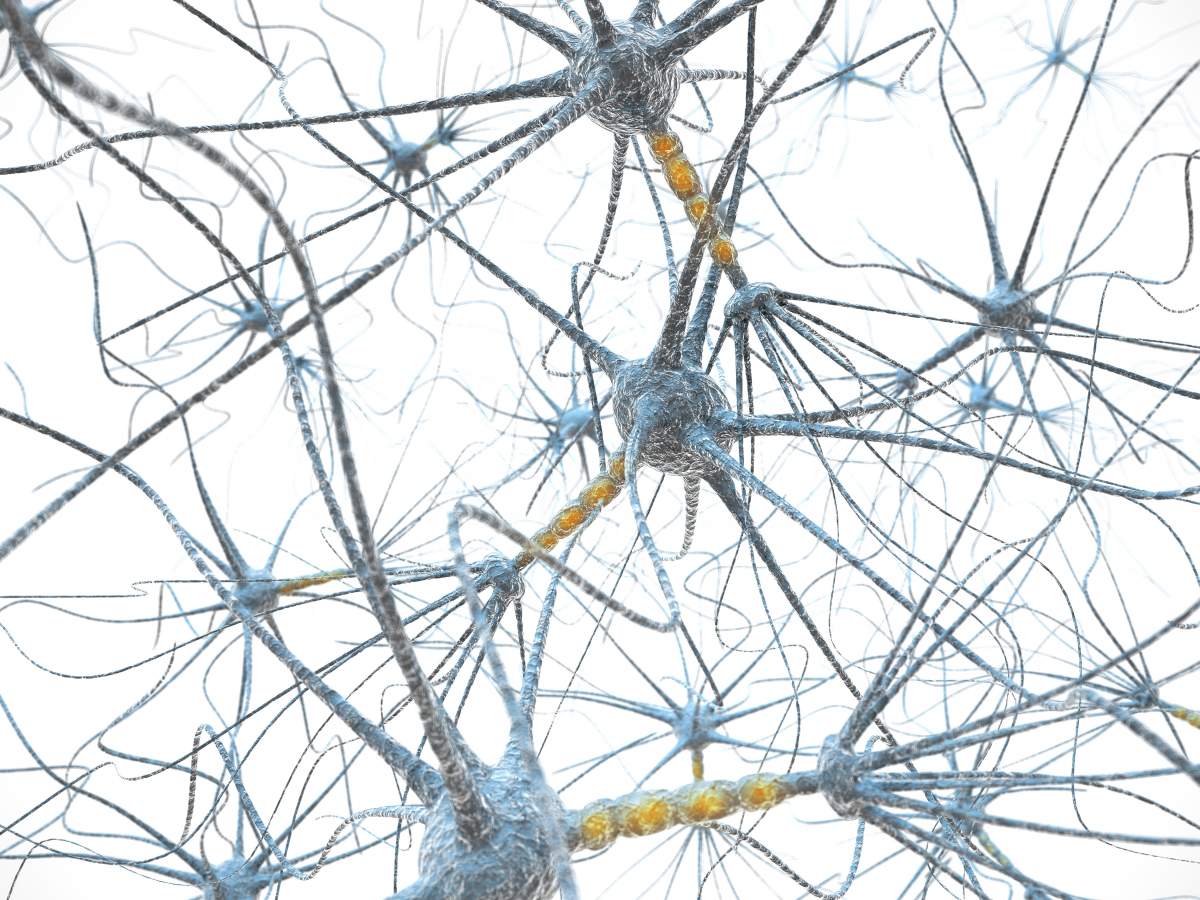Three papers by Weizmann Institute of Science neuroscientists are slated to appear in the December issue of Nature Neuroscience.
12.11.2019

- Our emotions play a central role in learning and memory, and they enable survival in a dynamic environment. Tamar Stolero, a PhD student in the group of Prof. Rony Paz found that neurons in the primate amygdala – the emotional center of the brain – show repeated patterns of activity after each learning experience. This repetition of complex patterns serves as an “offline” rehearsal that consolidates our learning process and forms memory concerning stimuli that are either dangerous or safe, unpleasant or pleasant. This consolidation process may be disrupted in the amygdala of people suffering from anxiety or PTSD, preventing them from distinguishing dangerous from safe situations
- Researchers in the groups of Dr. Ofer Yizhar and Prof. Elad Schneidman asked how the brain represents social information and how dynamic is that representation. After they found how the representation of social information changes over days in the prefrontal cortex of mice, they compared normal mice with others bearing mutations in genes associated with autism in humans. The researchers noted that the brains of the mutant mice did not show the same kinds of changes in representation over days, and they were “noisier” than those of the normal mice. They think that this noise may be related to the differences between autistic and non-autistic brain function.
- Mice are often used as models for human psychopathologies. Yet mice, just like humans, have individual personalities that induce differences in behavior and affect the underlying mechanisms. To examine unique individual personalities in mice, researchers in the group of Prof. Alon Chen at the Weizmann Institute of Science and the Max Planck Institute of Psychiatry in Munich, Germany, observed the natural behavior of lab mice. They then created a personality index based on four sliding scales that together characterize the behavioral repertoire. This approach is similar to human personality scoring, which is also based on several linear scales (five in fact). Moreover, the researchers were able to begin to link profiles of gene expression with behavioral patterns that belong to specific personalities in individual mice.
A number of new neuroscience studies were recently published in other journals, as well:
- Prof. Rafi Malach and his group found that computer-based artificial neuron networks rated paired images of faces as similar or dissimilar in ways that are very close to the workings of our own brains. This was especially evident in the middle layers used by the artificial networks – those that represent what faces look like – rather than the most abstract representation of the personal identity of the individual who owns the face. Malach says this appears to be a sort of convergent evolution, and understanding the black box of facial recognition in these networks may shed light on the “black box” of the networks in our brains, as well as possibly helping improve artificial facial recognition. This study was published in Nature Communications.
- Prof. Noam Sobel and his group discovered that some women that are born without an olfactory bulb, can still have a highly acute sense of smell. This is highly surprising, because the olfactory bulb is thought to be the crucial “processor” of information on its way from the nose to the brain. Further research into this curious situation revealed that it exists in women alone, and mainly in left-handed individuals. Moreover, in identical twins where only one has a missing olfactory bulb – she will have a better sense of smell than her sister. This suggests that certain brains manage to compensate for the lack of the olfactory bulb, or alternatively, that this structure does not function in the way that has been the dogma for years now. The results of this study were published in Neuron.
- Dr. Yaniv Ziv and his research group used a unique method to unveil and trace internal structures in large-scale ensembles of neurons. From the emerging patterns of activity recorded in the brain of running mice, they were able to attribute one internal structure to features of the track (in which the mouse was running), another structure to the act of running, and yet another to the direction of running (e.g. up or down the track), and so forth. They could also predict the real-time actions of a second mouse just by using its ensemble activity and relating it to the internal structures identified for the first mouse – showing that these internal structures are generalizable and represent an internal ‘universal’ neural representation. Moreover, although different neurons participated in different ensembles on subsequent runs, the shapes of the structures remained, again showing their ‘universal’ representational role. The researchers think this approach can be a unique tool for understanding how the brain is organized. These findings were reported in Nature Communications.
In further news, Prof. Tali Kimchi of the Neurobiology Department will be working with Profs. Uri Alon and Valery Krizhanovsky of the Molecular Cell Biology Department on a study of aging, in a combined effort to employ systems biology, molecular biology and social neuroscience. This study will be primarily funded with an ERC Synergy Grant of ~8.7 million euro, and this is the only group entirely from Israel to be awarded a synergy grant this year.

Recent Comments